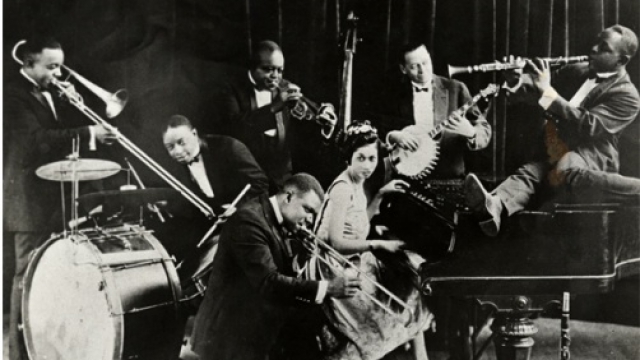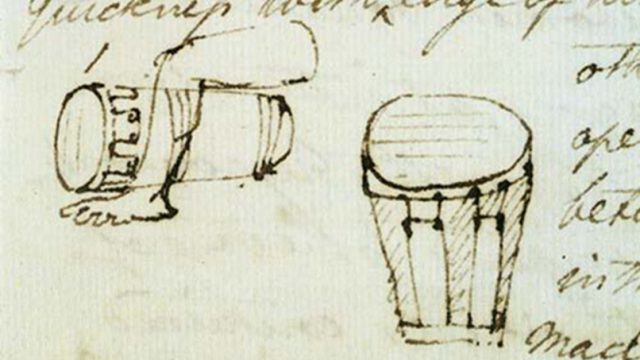This course provides an historically situated introduction to African American music and performance traditions in New Orleans. The course opens with an exploration of the historical currents and racial economies that contributed to the making of New Orleans as a particularly Caribbean-esk site of early colonial North America. The course then considers the ways culture, race, and plays of social power gave rise to early “creolized” forms of cultural practice and artistic expression, foundational to the fashioning of black New Orleanian music and performance traditions. The syllabus then follows this conversation chronologically through a thematic exploration of various African American performance genres and spaces from Congo Square, to jazz, to brass bands and second-lines, to Mardi Gras Indians, through today’s hip hop and bounce musics. Additional attention will be given to the social impacts of tourism and the aftermath of Hurricane Katrina on black performance traditions, questions of citizenship, and related economies of consumption.
Back
- African/Caribbean Based Social and Vernacular Dance Forms | DANC 3240-01
- Autobiographies and Southern Identity
- Black Music & Performance in New Orleans | ADST 3550
- Building Community through the Arts | DANC 4900
- Ethnography of Performance and Identity In New Orleans and French Louisiana | ANTH 3395/6395
- French and Creole In Louisiana | FREN 4110/6110
- Gender, Archives, and Musical Culture | GESS 4500
- History of Jazz | MUSC 3340
- Hollywood South | COMM 4810
- Jazz, Blues, and Literature | ENLS 4010
- Languages of Louisiana | ANTH 4930
- Literary New Orleans | ENLS 4030
- New Orleans and Senegal in the Atlantic World | HISU 3100-01
- New Orleans Hip Hop | ADST 1550
- New Orleans Music | MUSC 1900
- The Creation of Jazz in New Orleans | HISU 4694-01
- The Latin Tinge: Jazz and Latin American Music in New Orleans and Beyond | MUSC 3360
- Urban Geography: New Orleans Case Study | AHST3131





















